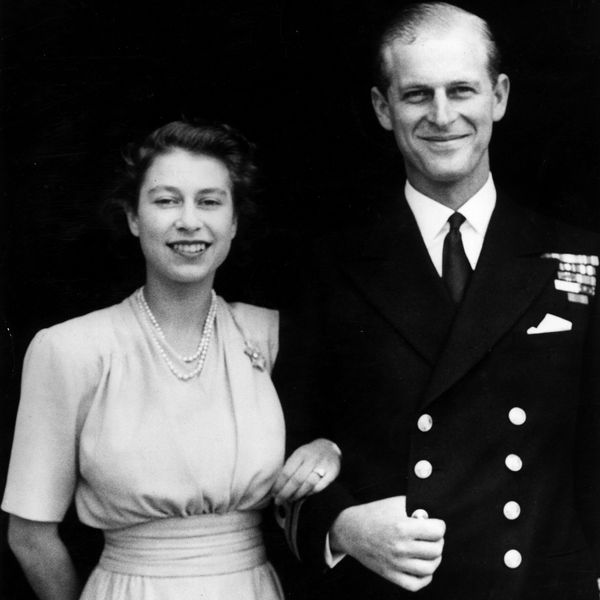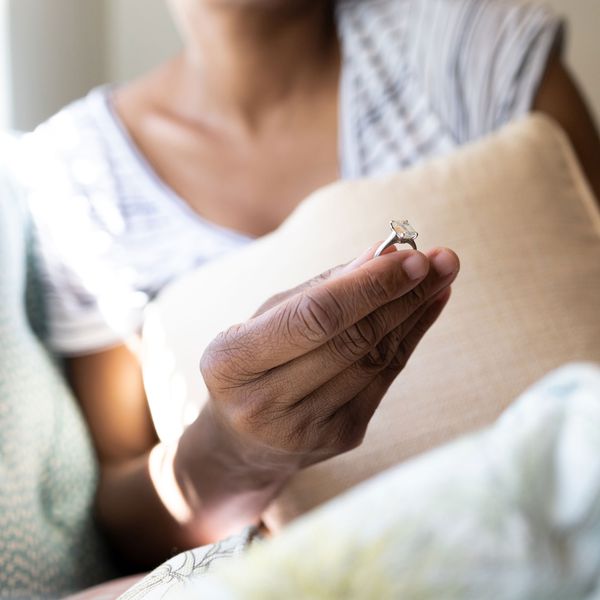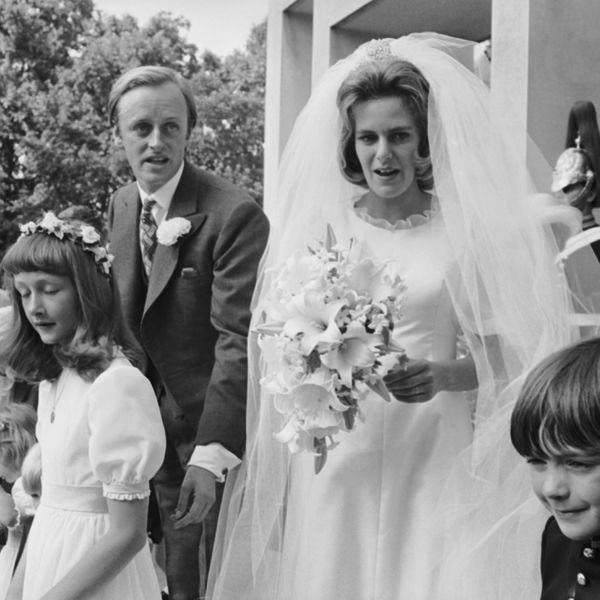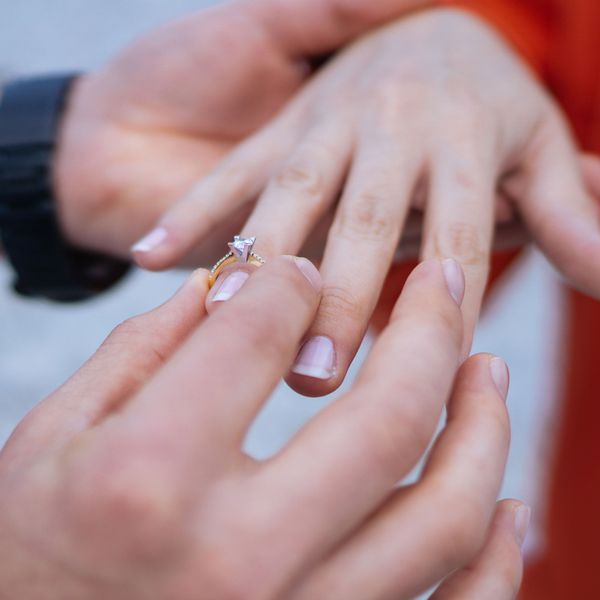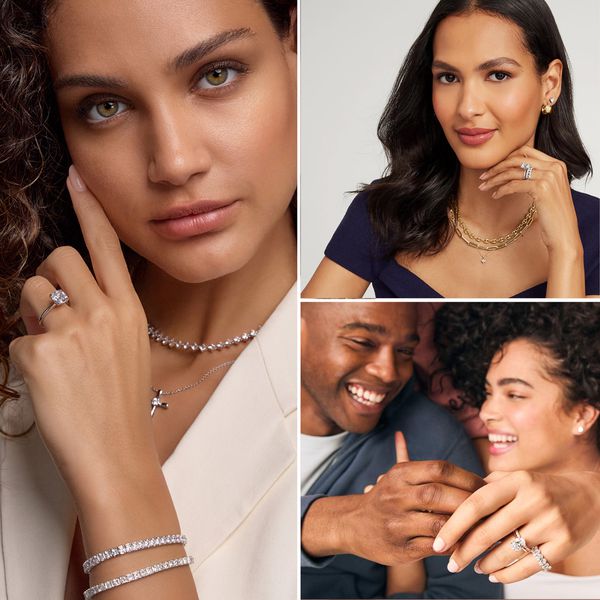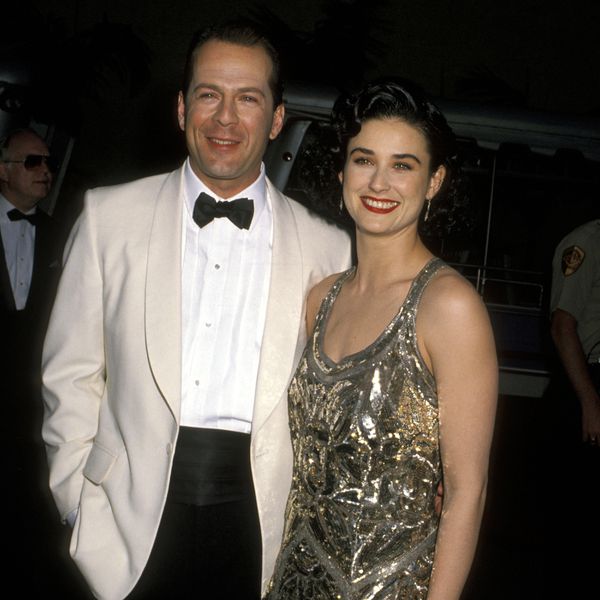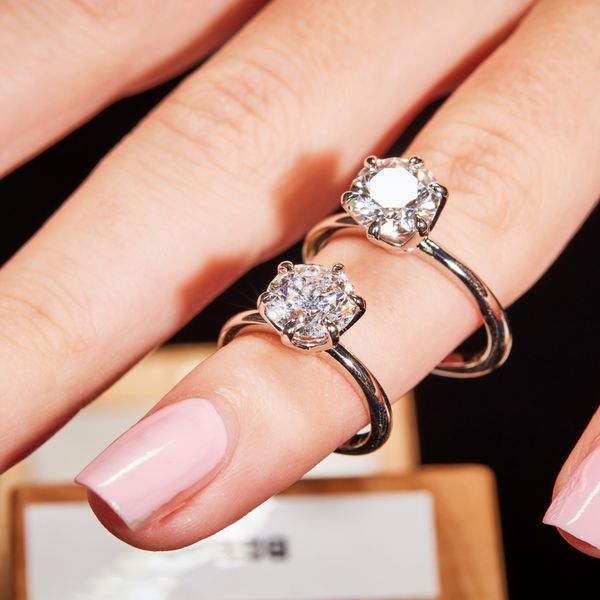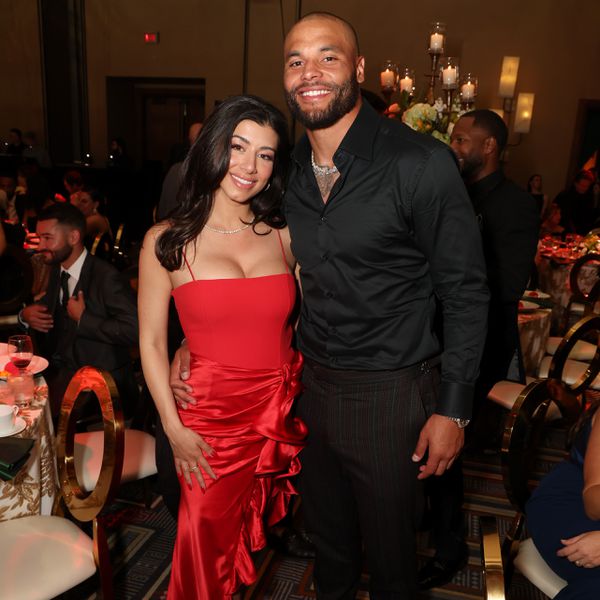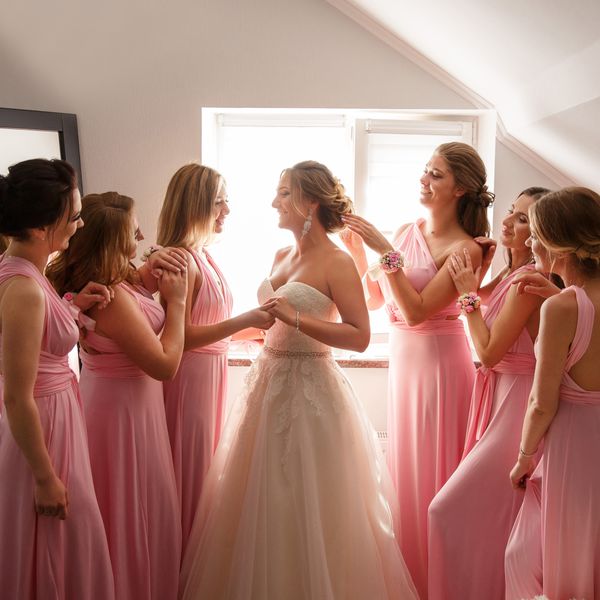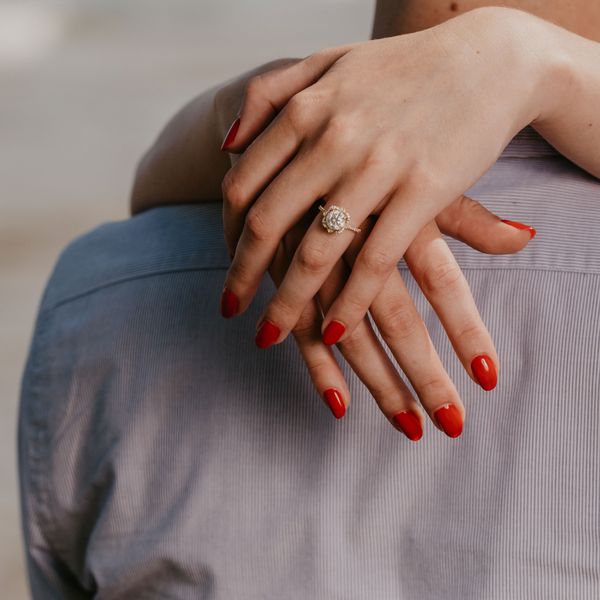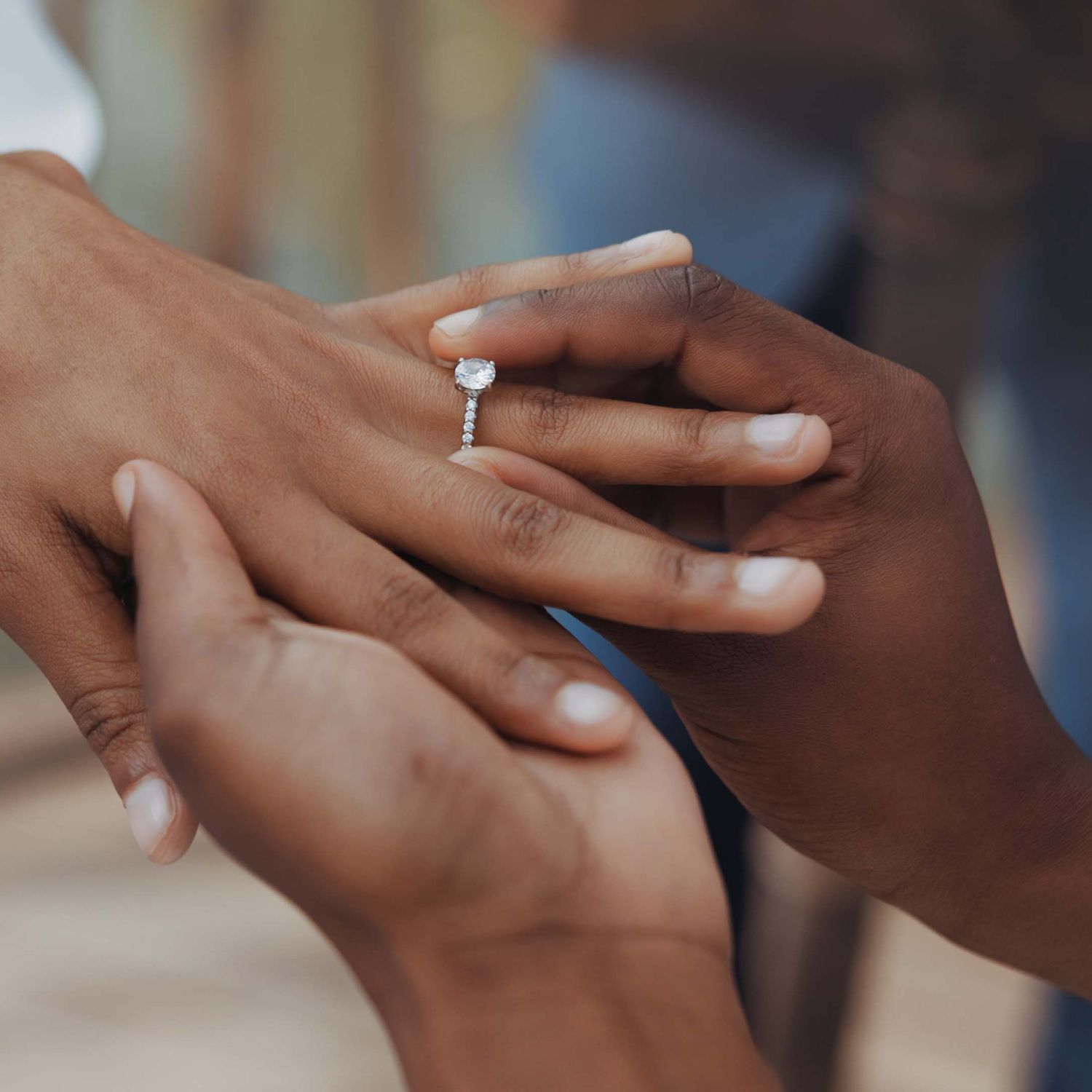
Getty Images / Jacob Wackerhausen
If you’re getting ready to propose, you know that there are so many details to consider. You need to nail down where you’re going to do it, find a time that is just right, and figure out what you’re going to say. By this point, though, you’ll likely already have one of the most important components figured out: the engagement ring. Of course, picking out a diamond (or diamond alternative) that suits your partner’s tastes is often the easiest part of the engagement ring buying process. The most challenging is usually money. Proposal pieces are, after all, investments—and there’s a lot of noise on how much you should spend on one. While national data obtained by Shane Co, a wedding jewelry company, suggests that the average person spends roughly $4,500 on an engagement ring, many proposers spend infinitely more—and per a recent survey from the brand, which involved polling 2,000 Americans in May 2024, people in certain states spend significantly more than others.
Though it might not surprise you to hear that different regions have different engagement ring costs, the state that spends the most just might: According to Shane Co, proposers in Massachusetts are, on average, shelling out $10,817 for an engagement ring—which is more than double the national average. Close behind is New Mexico, which spends roughly $7,074 on average. The third runner up is Oklahoma, with an estimated $7,000 average spend, followed by Arkansas ($6,881), Texas ($6,846), Indiana ($6,367), California ($5,955), Missouri ($5,845), Maryland ($5,625), and Virginia ($5,587). Though the company’s survey indicates that roughly 40 percent of the country is spending the national average or higher, there are some states that are on the lower end. People in West Virginia reportedly spend $646 on average, while those in Rhode Island invest $1,000.
An engagement ring’s cost is undoubtedly a key component of the proposal process, but according to additional data from Shane Co, it isn’t the most important one. Beyond studying the average cost of engagement rings by state, the company also surveyed participants on what they believed to be the most important element of a proposal. According to 44 percent of participants, the priority was getting a “yes!” The engagement ring (27 percent) was the second most cited priority—and, interestingly, 46 percent of study participants said that they’d prefer to take control and choose their own.
Engagement rings were also tied with the element of surprise (27 percent). The setting and location (25 percent), getting down on one knee (23 percent), being in a private setting (22 percent), and asking the proposee’s parents for permission (18 percent) were other proposal priorities that weren’t far behind. According to Shane Co, ideas of what a perfect proposal looks like also varies by age. Older generations, for example, preferred an intimate private proposal, while Gen Z was three times more likely than any other generations to hire a photographer or videographer to capture the moment—surprisingly, they were also the most likely to uphold the tradition of gaining a parent’s permission before proposing.

